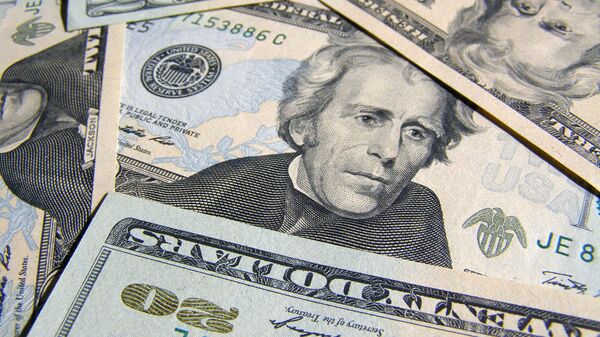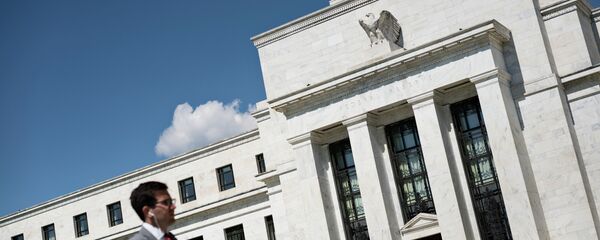Core CPI, the main measure for overall US inflation, gained 2.2% year-on-year in January, the most in four and a half years. The figure has exceed the Fed's 2% inflation target, meaning the regulator has to respond with another hike in base interest rates in accordance with its data-based approach to tightening monetary conditions.
"The inflation numbers definitely caught the markets off guard," Joseph Lavorgna of the New York branch of Deutsche Bank. "Last week at this time, the market was pricing a 25 percent chance of a rate hike by year-end and now it's over 40 percent and that's largely because of today's stronger than expected CPI."
Another Fed hike in borrowing costs would mean yet another round of appreciation for the dollar and US assets; consequently, the CPI report effectively halted the selloff of the dollar in currency trading.
According to the Federal Reserve Bank of Atlanta's estimates, US economic growth will accelerate to 2.6% (annualized) in Q1. This outlook is supported by CPI figures; however, the amount of macro data currently available is insufficient to decisively support or debunk this view. Next week's reports from the Commerce Department, which will reflect the state of the US economy in January, might reverse the dollar's weakening, should the numbers be optimistic enough.
The average projected pace of economic growth for G8 nations stand at 1.6% for Q1, meaning the US Fed might indeed be able to afford another step towards the normalization of monetary conditions. However, historic average growth for the US economy is 3.3%, meaning even the current optimistic numbers are not all that optimistic.
Wall Street is now putting a 44% percent chance on Fed hiking rates this year, up from 30% last week and 20% in January. Next week's reports might increase chances of soon Fed hikes.
"I think what's happening is that people are starting to put tightening back on the table," Jim Paulsen of Minneapolis, MI-based Wells Capital Management said.
The soonest policy meeting of the Federal Open Market Committee (FOMC) is set for 15-16 March. There is still a significant divergence in views on monetary policy amongst policymakers: while more of a hawkish approach would further boost the dollar, hurting stocks and corporate earnings, dovish measures might stir bubbles in the banking sector.



